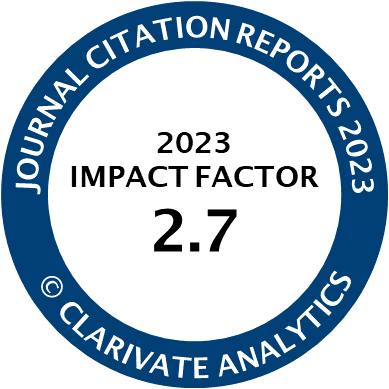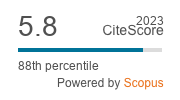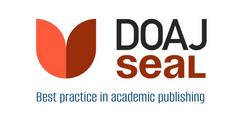Article | Open Access
Romanian Televisuality in the Post-Broadcast Era: Visual Signature of Popular News TV Talk Shows
| Views: | 750 | | | Downloads: | 49 |
Abstract: The current Romanian television landscape presents an unusual abundance of 24-hour news channels that emerged in the 2000s. As these media still play a central role in the public sphere, the media logics (technologies, formats, genres, norms) followed by prominent Romanian news TV channels need to be discussed in relation to the growing influence of digital and social media because, in this hybrid media system, power is exercised by those who are able to create information flows “across and between a range of older and newer media settings” (Chadwick, 2013, p. 207). The current study aims to analyse how traditional news media logics are merging with new televisual practices by thoroughly examining how television formats and visual conventions have changed under the influence of digital technologies, social media, and the Covid-19 pandemic. The textual analysis of prime-time talk show programmes broadcast by the most popular Romanian news TV channels (România TV, Antena 3 CNN, Digi24, Realitatea Plus) focuses on news talk shows and their respective translation into audiovisual language (mise-en-scène, image, sound, image–text relation). The findings support prior research, emphasising that news programmes employ both visual and textual codes and conventions within specific formats to construct a credible representation of reality. These programmes feature a fragmented visual signature centred on authoritative figures such as academics, analysts, and political leaders, which serves to reinforce the credibility of the news content.
Keywords: multi-screen display; post-broadcast; televisuality; TV news programmes; visual construction; visual setup
Published:
© Andreea Alina Mogoș, Constantin Trofin. This is an open access article distributed under the terms of the Creative Commons Attribution 4.0 license (http://creativecommons.org/licenses/by/4.0), which permits any use, distribution, and reproduction of the work without further permission provided the original author(s) and source are credited.




